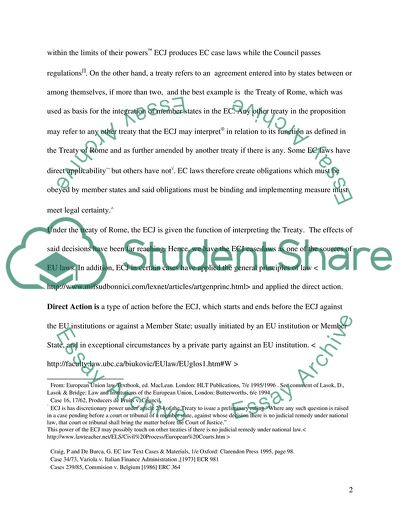Cite this document
(The case law of the ECJ has had a far greater impact on the Study, n.d.)
The case law of the ECJ has had a far greater impact on the Study. https://studentshare.org/law/1703003-the-case-law-of-the-ecj-has-had-a-far-greater-impact-on-the-developement-of-ec-law-than-any-of-the-various-treaties
The case law of the ECJ has had a far greater impact on the Study. https://studentshare.org/law/1703003-the-case-law-of-the-ecj-has-had-a-far-greater-impact-on-the-developement-of-ec-law-than-any-of-the-various-treaties
(The Case Law of the ECJ Has Had a Far Greater Impact on the Study)
The Case Law of the ECJ Has Had a Far Greater Impact on the Study. https://studentshare.org/law/1703003-the-case-law-of-the-ecj-has-had-a-far-greater-impact-on-the-developement-of-ec-law-than-any-of-the-various-treaties.
The Case Law of the ECJ Has Had a Far Greater Impact on the Study. https://studentshare.org/law/1703003-the-case-law-of-the-ecj-has-had-a-far-greater-impact-on-the-developement-of-ec-law-than-any-of-the-various-treaties.
“The Case Law of the ECJ Has Had a Far Greater Impact on the Study”. https://studentshare.org/law/1703003-the-case-law-of-the-ecj-has-had-a-far-greater-impact-on-the-developement-of-ec-law-than-any-of-the-various-treaties.


